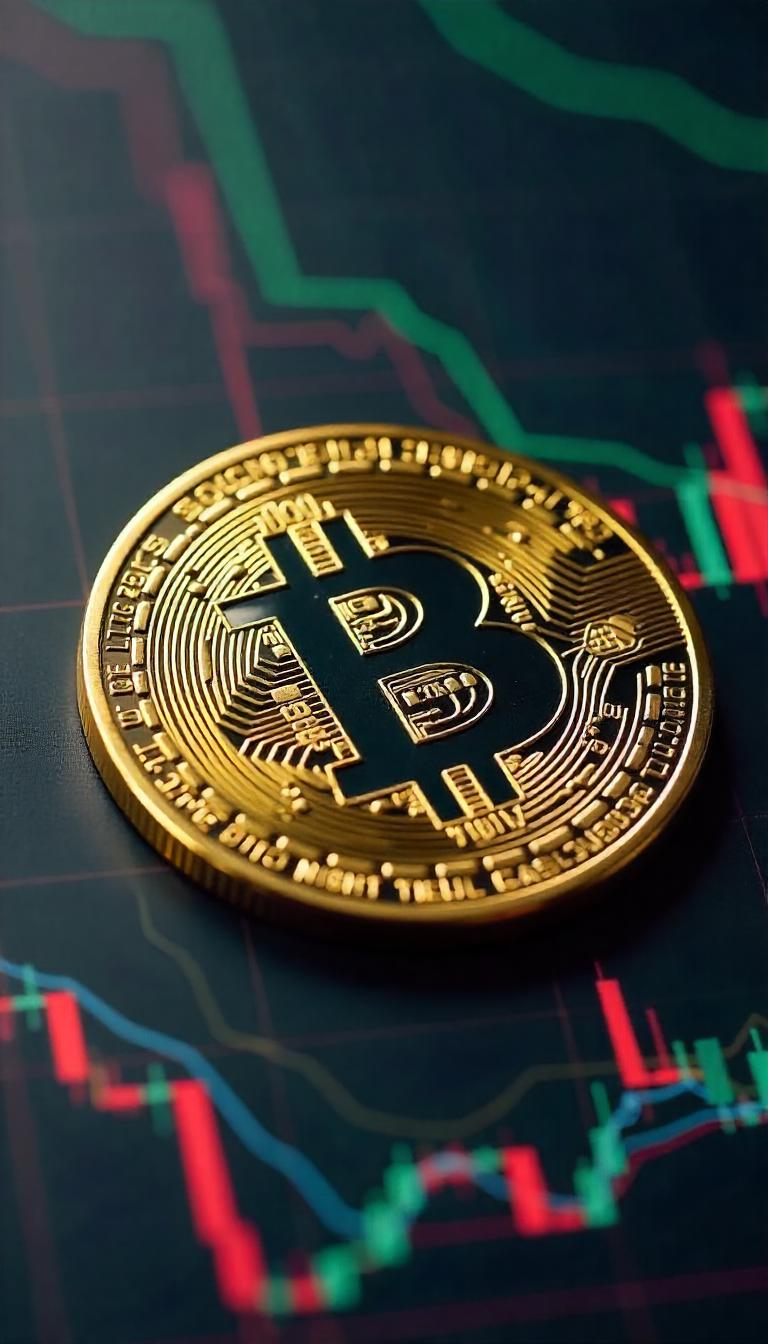New Token Issuance Platform Boosts BONK Token as It Rakes in $1M in Initial Days
The BONK token, known for its dog-themed branding on the Solana blockchain, is gaining momentum thanks to the launch of a new token issuance platform called Letsbonk.fun. The platform, which debuted this past Sunday, has already generated nearly $1 million in just the first three days, signaling strong investor interest in the token.
Created by members of the BONK community in partnership with Raydium, Letsbonk.fun provides a streamlined way to issue tokens while leveraging part of the platform’s fees to buy and support the BONK token. A portion of the fees will also be directed towards strengthening the BONKsol validator, which plays a critical role in securing the Solana blockchain. So far, over 10,000 tokens have been issued through the platform.
A tweet from Letsbonk.fun on April 25 detailed how their fees work:
- 1% of every swap is allocated to BONKsol validator support and platform development, aimed at both sustaining the BONK ecosystem and enhancing Solana’s infrastructure.
The biggest tokens on the platform are currently HOSICO, with a $30 million market cap, and LETSBONK, which holds a $5.3 million market cap.
“I expect this platform to really surprise people with its success,” said @theunipcs, a popular X user known as “Bonk Guy,” who made headlines for turning $16,000 into $20 million through a viral BONK futures trade. He praised LetsBONKfun for its innovative approach to memecoin launches, which aims to ensure both users and the Solana blockchain benefit from the value generated.
He further drew comparisons with Pump.fun, which has raised over $600 million in fees since its launch. “Even if BONK only captures a fraction of that success, the buy pressure could be immense,” @theunipcs added.
In just the past week, the BONK token has surged by 54%, with much of that jump happening after the platform’s official launch. BONK futures also saw a sharp uptick in open interest, rising from $170 million to more than $250 million, indicating heightened market anticipation for price swings.





